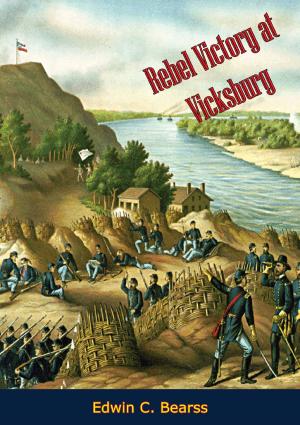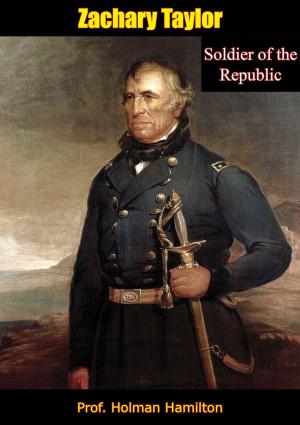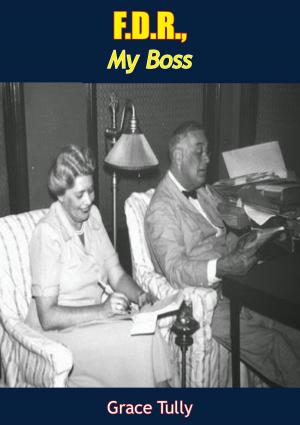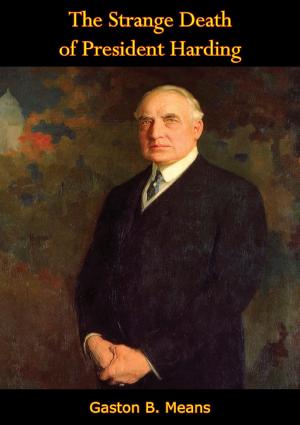Lincoln and the Tools of War
Nonfiction, History, Modern, 19th Century, Americas, United States, Civil War Period (1850-1877), Military| Author: | Robert V. Bruce | ISBN: | 9781787204027 |
| Publisher: | Papamoa Press | Publication: | April 7, 2017 |
| Imprint: | Papamoa Press | Language: | English |
| Author: | Robert V. Bruce |
| ISBN: | 9781787204027 |
| Publisher: | Papamoa Press |
| Publication: | April 7, 2017 |
| Imprint: | Papamoa Press |
| Language: | English |
First published in 1956, this is an account of the arming of the Union forces in the Civil War, and of Lincoln’s part in it. It has never been told in any comprehensive way before, and shows Lincoln in a new and engaging light.
Lincoln was determined to win the war, yet his generals seemed unable to give him a victory, so he reasoned that a more efficient weapon would have to be invented. However, his main opponent, General James W. Ripley, who sat in charge of army ordnance, believed the war would be short and didn’t want a vast supply of expensive arms left over. Standardized guns and ammunition made supplying the troops in the field easier.
Lincoln was in the thick of it. He wanted mortar boats to help open the upper Mississippi as they had helped Porter take New Orleans. When he discovered a big snafu had delayed production, one J. D. Mills came to Washington with a crude machine gun that was soon christened the coffee-mill gun.
Probably the biggest and longest controversy involved muzzle-loading rifles—favoured by Ripley—and breech-loading rifles—the Soldier’s choice, as he could lie down and load a breechloader at least five times as fast as a muzzle-loader. In addition to these and other standard arms, the inventors offered a wide catalogue of innovations: rockets, steam guns, liquid fire, a submarine, explosive bullets, a proposed poison gas, and so on down to the fantastic.
This book is a big American story of Washington in wartime, and it will appeal to everybody who ever had any contact with the armed services. For the specialist, it offers quite a quantity of previously unpublished material. Its biggest merit is, however, that it is just plain fascinating reading, the kind of book no one should start late in the evening if he wants any sleep.
First published in 1956, this is an account of the arming of the Union forces in the Civil War, and of Lincoln’s part in it. It has never been told in any comprehensive way before, and shows Lincoln in a new and engaging light.
Lincoln was determined to win the war, yet his generals seemed unable to give him a victory, so he reasoned that a more efficient weapon would have to be invented. However, his main opponent, General James W. Ripley, who sat in charge of army ordnance, believed the war would be short and didn’t want a vast supply of expensive arms left over. Standardized guns and ammunition made supplying the troops in the field easier.
Lincoln was in the thick of it. He wanted mortar boats to help open the upper Mississippi as they had helped Porter take New Orleans. When he discovered a big snafu had delayed production, one J. D. Mills came to Washington with a crude machine gun that was soon christened the coffee-mill gun.
Probably the biggest and longest controversy involved muzzle-loading rifles—favoured by Ripley—and breech-loading rifles—the Soldier’s choice, as he could lie down and load a breechloader at least five times as fast as a muzzle-loader. In addition to these and other standard arms, the inventors offered a wide catalogue of innovations: rockets, steam guns, liquid fire, a submarine, explosive bullets, a proposed poison gas, and so on down to the fantastic.
This book is a big American story of Washington in wartime, and it will appeal to everybody who ever had any contact with the armed services. For the specialist, it offers quite a quantity of previously unpublished material. Its biggest merit is, however, that it is just plain fascinating reading, the kind of book no one should start late in the evening if he wants any sleep.















